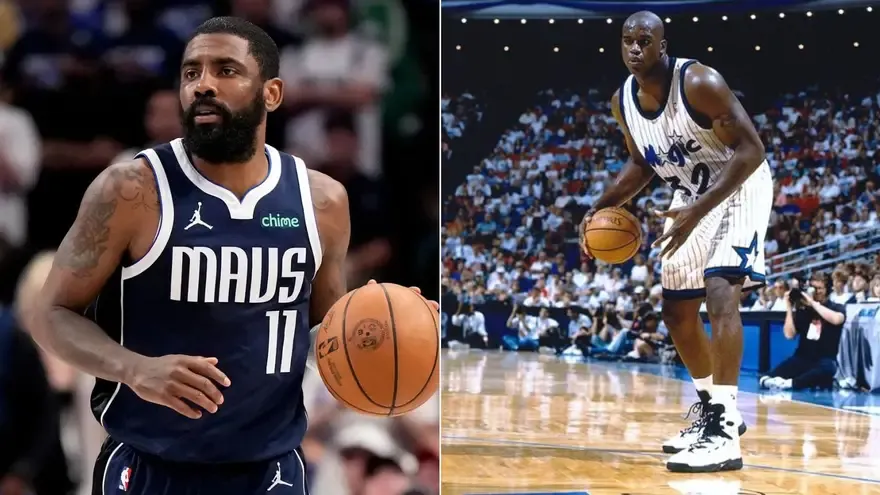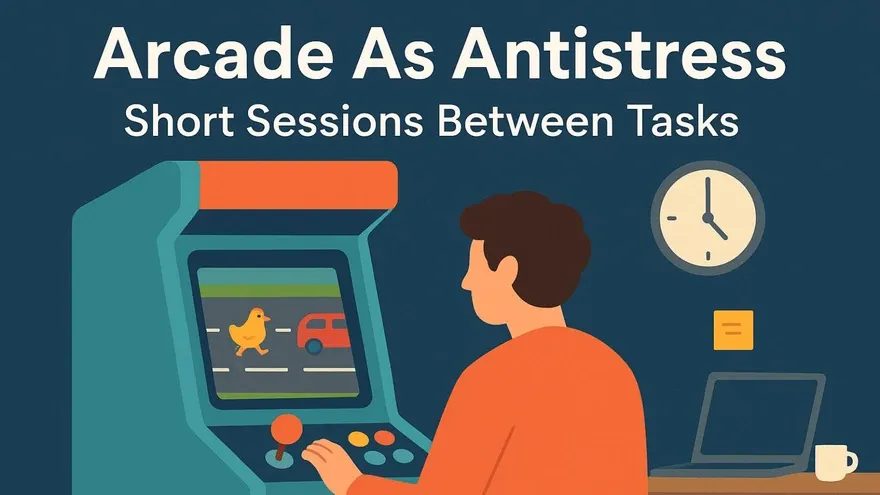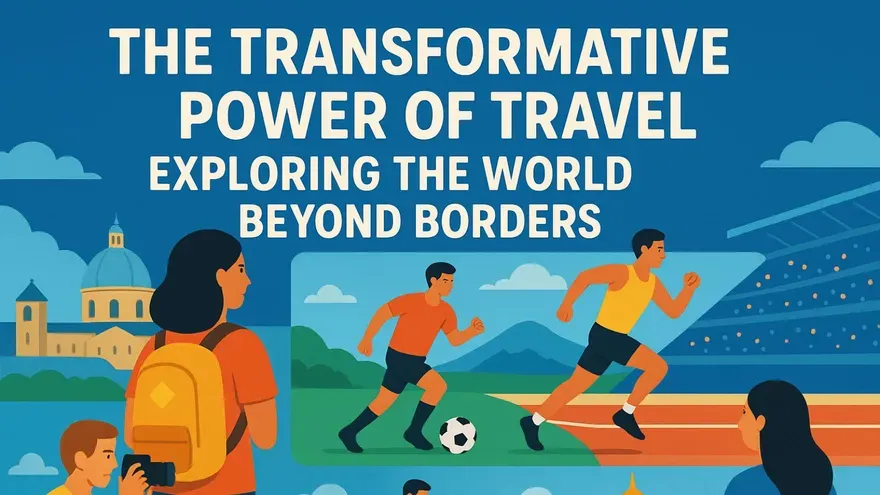For decades, the message to young athletes was clear: choose a sport early, train hard, and never look back. Early specialisation was seen as the only route to the top. But today, that thinking is shifting. More coaches, parents, and athletes are questioning whether committing to one sport too soon is the right path.
Instead, they’re embracing a broader approach that values variety, adaptability, and long-term development. Multi-sport athletes are rising, with a new model for success.
What’s Behind the Change?
1. Health and Injury Prevention
Training year-round in one sport means repeating the same movements over and over. That can lead to overuse injuries, particularly in developing bodies. Throwing shoulders, kicking hips, running knees—they all wear down faster when there’s no break or variation.
Multi-sport athletes spread that load across different skills and muscle groups. Playing football in autumn, basketball in winter, and athletics in spring forces the body to move in various ways. That variety reduces the chance of injury and builds more complete physical development.
2. Burnout and Mental Fatigue
Kids need to enjoy what they do to keep doing it. Early specialisation often means pressure, travel teams, strict training schedules, and high expectations from a young age. Many young athletes simply burn out.
Multi-sport athletes tend to have more fun. Different environments, teams, and challenges keep things fresh. They stay motivated, engaged, and excited to compete. That joy makes it easier to stay in sport for the long term.
3. Broader Skill Development
Each sport builds unique strengths. Rugby improves toughness and decision-making under pressure. Tennis sharpens hand-eye coordination. Swimming develops core strength and stamina. When an athlete plays more than one sport, they carry those skills with them.
You can see this in elite players. A footballer with a background in gymnastics often shows better balance. A cricketer who played hockey might read the game more quickly. These transferable skills can give athletes an edge when it matters most.
4. Smarter Decision-Making
Playing multiple sports helps young athletes learn about themselves. They figure out what they enjoy, what drives them, and where they want to focus. That’s a big decision—one they’re more equipped to make at 15 than at 9.
When athletes specialise later, it’s a choice, not a pressure. They bring a broad base of experience and a clear sense of their direction.
The Athletes Who Prove It Works
The rise of the multi-sport athlete isn’t just theory—it’s reality. Some of the world’s most successful sportspeople got where they are by refusing to specialise too soon.
Bo Jackson played both professional baseball and American football. He didn’t just take part—he dominated in both. His speed, strength, and instincts came from a childhood filled with a mix of sports and movement.
Ellyse Perry represented Australia in football and cricket before the age of 20. Her grace under pressure, physical control, and tactical brain made her world-class in both. Playing multiple sports did not dilute her focus; rather, it enhanced her skills.
Jonty Rhodes changed the way fielding was seen in cricket, but few know he also represented South Africa in hockey. His agility and athleticism weren’t limited to one pitch. His experience across sports shaped them.
In the Media
The shift towards multi-sport athletes is also making waves in the world of betting. Players are increasingly looking at athletes’ cross-sport backgrounds when placing bets, especially in sports where agility, adaptability, or mental toughness play a significant role. For instance, a cricketer with a football history may be backed to excel under pressure or in fast-paced match scenarios. As data-driven betting grows, specialist betting sites like bettingsites.ltd.uk have just listed the new BetTOM betting site, which helps to gain a deep understanding of an athlete’s full sporting background—not just their current form and provides sharper insights and better odds.
What Coaches Are Saying
Many youth coaches are shifting their advice. Instead of pushing for early specialisation, they’re encouraging athletes to stay broad for longer. The benefits are clear:
Fewer injuries
Better physical literacy
Longer career potential
Improved creativity and decision-making
Elite academies and national programmes are starting to reflect this. The focus is moving from short-term success to long-term development.
What This Means for Parents
If you’re raising a young athlete, this shift is good news. You don’t need to pick a path at age 8. You don’t need to chase early success or sacrifice other opportunities.
Instead, you can:
Encourage your child to try multiple sports each year.
Focus on play and enjoyment, not just winning.
Let their interest and passion guide the wa.y
Watch for signs of burnout or pressure and adjust.
You’re not closing doors by keeping options open. You’re giving your child time to grow—and space to thrive.
The Future Is Flexible
Early specialisation isn’t dead. It still makes sense for some—especially in sports where peak performance comes early. But it’s no longer the only model.
Multi-sport athletes are proving there’s another way. One that values variety, resilience, and the long view. One that protects health, fuels passion, and strengthens performance.
If you’re wondering when to specialise, the answer is simple: later than you think.















